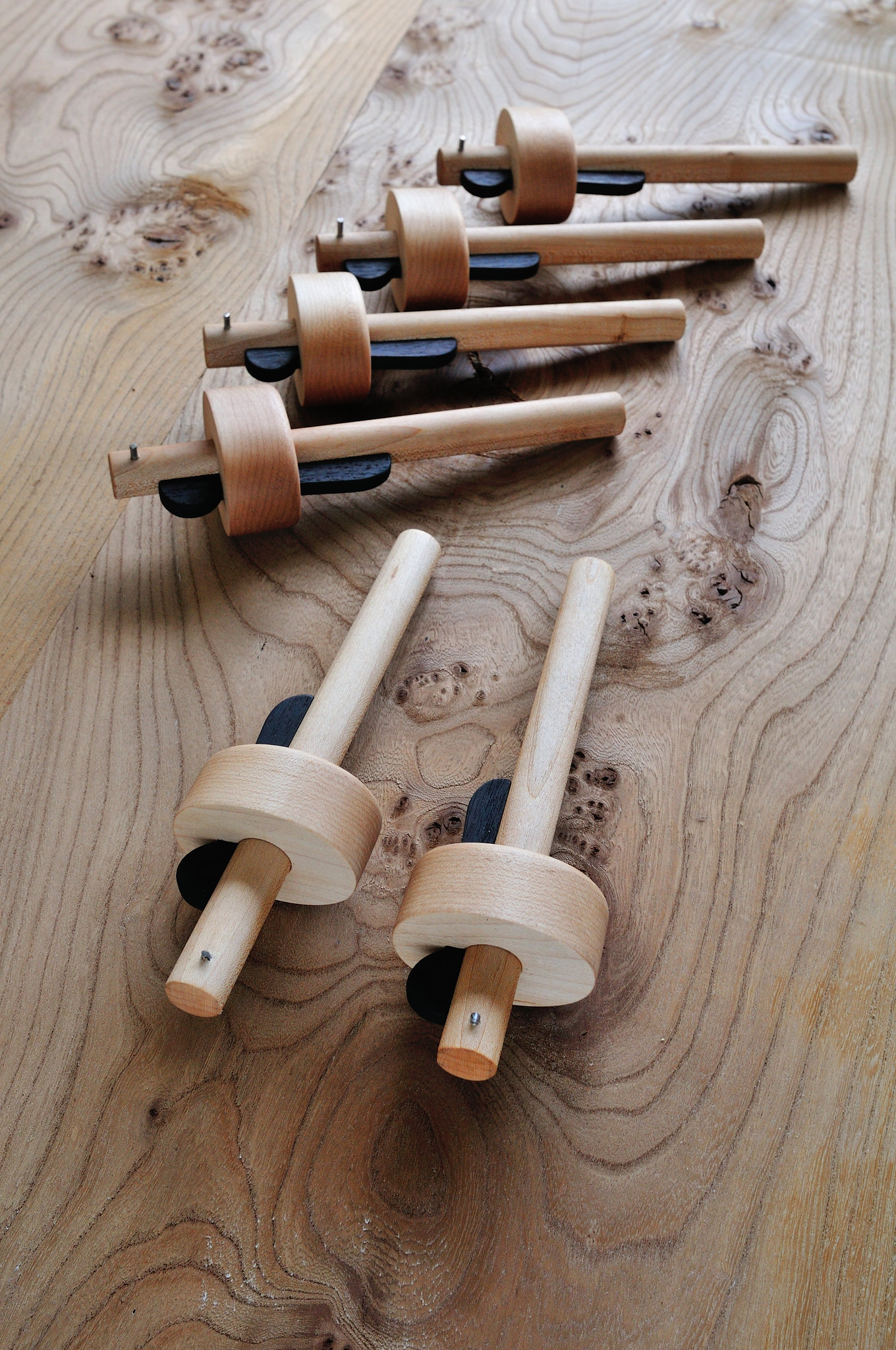SamQ aka Ah! Q!
Old Oak
AndyT or Adidat might be able to answer this 'off the bat', but I utterly cannot find the answer anywhere:
I am tempted to make a marking gauge, a la Wearing, but am NOT minded to employ the brass insert and thumb screw so beloved of 99.99998% of all makers posting on W.W.W.. I'd like to use a wooden screw. Question: what size tap for the stock and die for the knob should I use? Where do you get them?
I am repelled by those awful 'yalla plaskit' knobs sold by various emporiums, but will use them if I have to. But the tap? Can't get around that?
I am tempted to make a marking gauge, a la Wearing, but am NOT minded to employ the brass insert and thumb screw so beloved of 99.99998% of all makers posting on W.W.W.. I'd like to use a wooden screw. Question: what size tap for the stock and die for the knob should I use? Where do you get them?
I am repelled by those awful 'yalla plaskit' knobs sold by various emporiums, but will use them if I have to. But the tap? Can't get around that?









